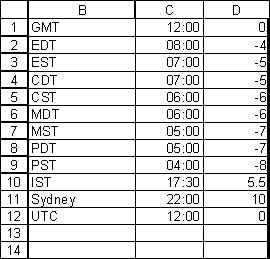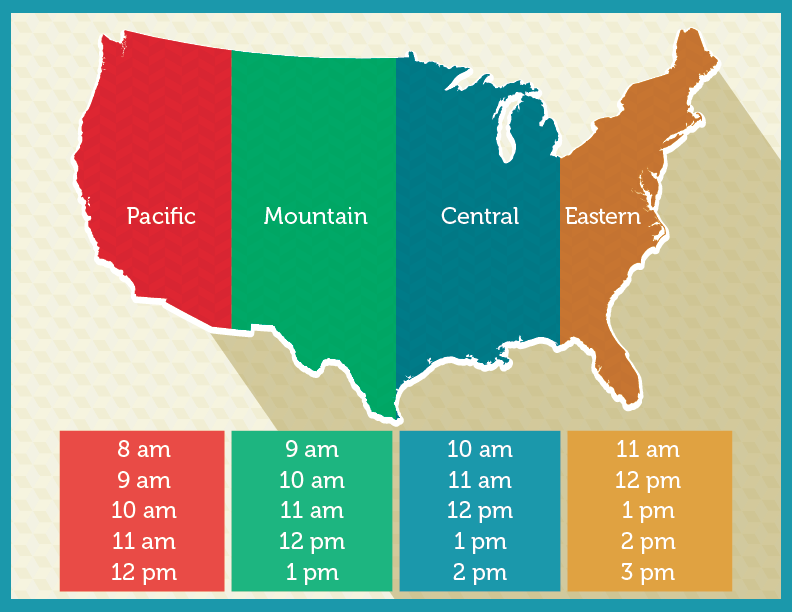


Since Wellington is east of Mumbai, its local time is ahead of Mumbai. The difference in time between the two places is 1020X4 minutes=408 minutes (we multiply it by four because one degree of each longitude takes 4 minutes to travel to the other longitude). The difference in longitude between Mumbai and Wellington is 1750-730= 1020 (since both the places are in the eastern hemisphere, we will subtract one longitude from the other). Wellington is located at 1750E longitude, and Mumbai is located at 730E longitude. The Earth rotates 10 in four-minute.Įxample: When it is 08:00 am in Mumbai, calculate the time at Wellington. One degree of longitude takes 4 minutes (1 hour = 60 minutes, divided by 15° per hour = 4 minutes per longitude).Īs the Earth turns from west to east, those places east of GMT are ahead of those that lie to the west of GMT. This means that the Earth covers 15° of longitudes every hour. Earth completes one rotation in 24 hours or covers 360 degrees of longitude in 24 hours.

Minutes and seconds are separated by 360 degrees. 360 degrees make up a circle, and 360 degrees are in meridians. Degrees of longitude are used to measure the distance between longitudes. Longitude specifies a place's position East or West on Earth's surface. How do you calculate longitude from local time to GMT? The time is set the same for everyone in a given zone, and it differs by one hour in each zone. The world is divided into 24 slices of 15 degrees with multiple time zones, and the zones' clocks are set differently. What is the purpose of having different time zones? A time zone observes a standard time for legal, commercial, and social purposes. Since areas in close contact need to keep the same time, they tend to follow the boundaries of countries and the subdivisions of those countries and not strictly follow longitude. Historically, sundials and water clocks were the earliest timekeeping devices.įor legal, commercial, and social purposes, a time zone is an area on the globe that observes a standard time. Several instruments measured time before clocks were invented, including observing the Sun's meridian at noon. The expansion of transport and communication during the 19th century created a need for a unified timekeeping system, and time zones were introduced. We must first understand the concept of time zones before understanding their purpose. Coordinated Universal Time came into existence due to the close coordination between the world's time scales, hence the name. Universal Time Coordinates is the standard time used globally. On the other hand, Coordinated Universal Time represents the 24-hour standard used today as the basis for civil time. At present, Tai is 37 seconds ahead of UTC, and Tai is also 19 seconds ahead of GPS. It specifies how fast our clock should run.Ī continuous SI second is the basis for the international atomic time scale. TAI denoted Temps Atomique International, an essential component of Coordinated Universal Time (UTC), a time scale used to define local time globally. What is the advantage and disadvantage of the time zone? Since the local times would be determined by the sunrise or sunset locally, which would be based on the sun rather than time zones, you would be more connected to circadian rhythms, explains Hanke. However, business hours would vary between locations, even if the clocks are all set simultaneously. What would be different if the world had no timezones?Īs an alternative to strictly adhering to a specific time zone, Hanke proposes that different locations should be able to adjust their working hours and schedules.


 0 kommentar(er)
0 kommentar(er)
